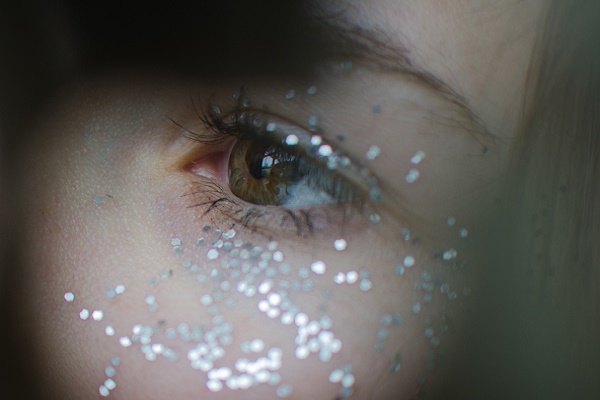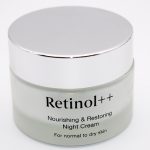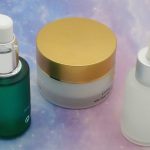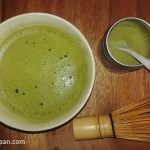
What do you do after you cleanse your skin? Unless your answer is to exfoliate, you are most likely committing a major crime against your skin. Skin exfoliation is the process of removing the top layer of dead dull skin, either by scrubbing (physical exfoliation) or by the use of acids that dissolve the dead layer of skin (chemical exfoliation). Regardless of your chosen method, exfoliation will reveal brighter, smoother, softer skin, and that is just scratching the surface of all that skin exfoliation has to offer.
Benefits of Skin Exfoliation
As skin exfoliation removes the top layer of dead skin cell, it increases product penetration, thus providing better results. Furthermore, there is also a noticeable increase in brightness of the complexion and a corresponding decrease in pigmentation due to the sloughing off of the top layer. This ultimately results in an improved skin tone.
Essentially, exfoliation stimulates skin cells; works on improving cell turnover. This implies that regular exfoliation is the key to reducing the look of fine lines and wrinkles. The removal of the dead skin cells also causes unclogging pores that help for improving and resurfacing the skin texture of those suffering from acne.
Chemical Skin Exfoliation
This type of exfoliation is associated with the use of hydroxy acids, retinol, and/or enzymes to dissolve the layer of dead skin cell thus bringing to the surface fresh, new, youthful and glowing skin.
Enzymes are a significantly less harsh method to achieve similar results as those with the acids. They are derived from plants such as pumpkin, papaya, and pineapple. Proteolytic enzymes, such as papain and bromelain, are protein-dissolving ingredients; they dissolve the dead skin layer which has been keratinized.
These days there are products in the market that cause 'peeling'; upon friction with the skin, they produce visible dead skin similar in looks to eraser rubbings. The exfoliation caused by such products is supposedly due to the active ingredient reacting with skin proteins and removing any extra amino acids. While they are very gentle, they do not provide as deep exfoliation effects as with acids.
| Alpha Hydroxy Acids (AHA)
These are water-soluble acids that work on the uppermost layer of the skin - stratum corneum. The most commonly known AHA is glycolic acid (derived from sugar cane) and lactic acid (from milk). Their main function is to dissolve away the glue (break bonds between desmosomes) that holds the skin together.
As the acid works a little bit deeper, it can cause a skin-cell turnover, which is another way to describe a stimulation to encourage the process of developing new skin cells.
Lactic acid is also thought to benefit in improving the barrier function by increasing ceramide levels in the stratum corneum providing a more effective barrier.
| Glycolic Acid
This is the most commonly used and possibly the most preferred AHA due to its small molecular size. It is considered the strongest AHA, but it is also the most irritating to sensitive skin. The best way to use glycolic acid is to build up a tolerance to it; start with lower usage and increase it as the skin acclimatizes.
The best way to use glycolic acid is in a serum or a targeted treatment. There are cleansers and scrubs available with lower concentrations of glycolic acid, but they do not stay on the skin long enough to produce any significant results. The one thing to look out for is the concentration of the acid.
| Beta Hydroxy Acids (BHA) - Salicylic Acid
Salicylic acid is the main BHA in use today, and it is lipophilic (attracted to oil) in nature. What this means is that unlike AHA, which predominantly work on the surface of the skin, Salicylic acid can penetrate pores and dissolve skin debris. This makes it a boon for acne sufferers and those with frequent blackheads. Those allergic to AHA can try BHA for exfoliation as they can be less irritating. The best way to use them is in a toner, serum, or targeted treatment.
Microdermabrasion
While chemical exfoliation is hugely successful there are skeptics who believe that nothing makes up for a good physical exfoliation. While scrubs have been known to be abrasive and cause microscopic tears in the skin, microdermabrasion is a refined, more potent means to deal with the issue.
Microdermabrasion helps reduce visible signs of aging and hyperpigmentation from acne. It does not involve the use of any chemicals but employs the use of microcrystals to remove the dead skin. It also stimulates the younger skin underneath to produce more collagen and elastin which proves to be beneficial for aging skin.
In the clinic settings, the microdermabrasion crystals (aluminum oxide or even diamond) are directed in a stream over the face by a professional. This produces a film of fine dust. This is then cleared by the use of mild suction by a handheld device. It can increase skin sensitivity, so special care has to be taken. Follow the guidelines provided by your specialist.
Conclusion
The main thing to keep in mind with skin exfoliation is that there is such a thing as over exfoliation. Your skin should not turn raw, red or painful. In general, exfoliation does increase skin sensitivity, particularly to the sun. Protect yourself from the sun's rays to the maximum extent, and use a good sunscreen. All the benefits of exfoliation will cease to occur if the skin is not effectively protected. Ensure proper hydration and moisturization to help restore the skin. Keep a couple of things in mind, and prepare to enjoy beautiful, smooth and glowing skin after skin exfoliation.
Related
 Essential Skincare Tips to Slow Skin Aging
Essential Skincare Tips to Slow Skin Aging
If you are familiar with essential skin care tips, you are able to create an effective skin care plan to slow the skin aging...
 Retinol | Skincare Anti-Aging Benefits
Retinol | Skincare Anti-Aging Benefits
Retinoids are a broad term used to refer to the vitamin A derivatives such as Tretinoin, Retin-A, Refissa, Retinol, Retin-A...
 Serums | Important Step in Your Skincare Routine
Serums | Important Step in Your Skincare Routine
Serums are the workhorse in any skincare routine. Just like your wardrobe is incomplete without a fantastic pair of jeans...
Textbook of Cosmetic Dermatology Edited by Robert Baran, Howard I.Maibach


